Living in Florida I’ve been to the Caribbean dozens of times and experienced first hand the pristine white sand, clear blue turquoise waters, and picturesque views that are typically only seen on inspirational wall calendars. And as relaxing as it might be, I can only sit by the pool and stare at the beach for so long without going numb. I need culture. I need discovery. I need more than fruity umbrella drinks and coconut shrimp. And I need to interact with the *real* people of an island, not just honeymooners and college spring breakers. Then … there’s Curacao.
It’s refreshingly different. At first glance, you might think the multi-chromatic painted town of Willemstad is a fabricated tourist attraction. It’s not. It’s genuine. Years of history and Dutch influence mixed with Caribbean flair have produced a vibrantly colorful port that is listed as a UNESCO World Heritage Site.
Curacao’s economy actually doesn’t rely on tourism, so you’re going to get more of an authentic island experience. Befriend a local and you’ll even find hidden treasures such as a delicious restaurant that’s only open one day a week and creative sculptures handmade and painted on the island.
If that still hasn’t convinced you to give Curacao a try, here are my 5 reasons to visit:
CULTURE
Let’s start with the language, Papiamentu. For seasoned travelers, trying to communicate with the locals using their native tongue will be a fun little mind twist for you. For me, it sounded like a Spanish dialect. However, upon further research I found it also includes a bit of Creole, Portuguese, Dutch, German, French, and Arawak Indian. I guess that’s what you get for having a long history of being a popular port on a trade route. I got so used to the Spanish-sounding ‘bon dia’ for ‘good morning,’ and ‘bon nochi’ for ‘good night’ that I literally looked around for a donkey when someone said danki as a ‘thank you.’ Navigating their language was unexpectedly fun. For more about Papiamentu, check out this quick guide to Curacao Local Languages.
HISTORY
I know I’ve mentioned the architecture above, but you want to know how the vibrant buildings came about? Well, first they were built narrow to adapt to the lack of land as well as the building taxes that at the time that charged per-foot with frontage to the street. So now you’ve got tall, narrow, Dutch-looking buildings that were probably bright white from plaster made of sand and shells. Here’s where the story gets interesting. Now, I don’t know how true this is, or if it’s just an island-tale, but it’s said that one of the former governors used to get a headache from the white buildings reflecting the bright Caribbean sun. He then requested that they all be painted different colors.
Another interesting architecture factoid to note is the Curacao is home to the oldest surviving synagogue building in the western hemisphere. This synagogue was built in 1692, was reconstructed in 1732 and is still a place of worship today.
And then there is the place I stayed, Kura Hulanda. A collection of restored historic buildings through a maze of meandering cobblestone streets will have you feeling like you’ve stepped back in time. The resort’s owner, Jacob Gelt Dekker, is so committed to the preservation of history and education that there is even an on-site museum dedicated to exhibiting collections “related to the cultural identity of the people of Curacao, the Caribbean and the Atlantic Rim.”
ART
Throughout the island you’ll notice little statues of plump women with voluptuous curves painted with clothing that matches the bright cheerful colors of Willemstad. These are Curacao’s precious ChiChi’s. What began as a small part time job and an artist’s dream has grown into an art project that employs and empowers many women on the island of Curacao.
When artist Serena Isreal, first created the ChiChi, she had no idea how they’d become so beloved on the island, kind of an unofficial symbol of Curacao. She obtained a trademark and copyright in 2007, saying,
“It’s important just to keep this, not just for me or my family, but because it belongs to Curacao. There is so many people involved and employed on the island to make the chi chi, it would’t be right for a big company to come in a make them plastic imitation. These are all handmade on the island. Each one is unique.It’s not something that belongs just to me, it belongs to curacao.“
Being in the countryside of Curacao, painting my own ChiChi, and observing the sense of community and creativity all these women feel, was truly a unique experience and one that I’ll never forget. (And how can I, my ChiChi lives on my desk!) You can visit the ChiChi Factory Monday thru Saturday. Check out the ChiChi Website for more information.
CUISINE OF CURACAO
I bet you were wondering when I was going to mention the food! The cuisine in Curacao has just as much diversity as it’s language. The Floating Market next to the port provides plenty of fresh tropical fruits and vegetables from Venezuela and the locals usually gather at a nearby pavilion to share local delicacies for breakfast or lunch.
And then there is the ‘eat with your hands’ restaurant I mentioned earlier that is only open once a week, Equus. It’s been around for 17 years and is worth waiting until Friday night to try! Read more about Equus in my post, Equus = Eating With Your Hands.
You’ll also find dishes with Dutch-influence such as keshi yena, a local specialty of stuffed cheese with chicken and prunes (it tastes much better than it sounds). There’s also bitterballen which is kind of like a fried meatball served with mustard. One of the best places to get a taste of Curacao cuisine is De Gouverneur, which is located right on the water with an excellent view of colorful Willemstad.
BEACHES
I couldn’t talk about a Caribbean island and not mention the beaches! Here you’ll find cobalt blue water splashing against a rocky coastline. There are a few traditional sandy beaches where you’ll find fruity umbrella drinks, but for the most part Curacao is known for it’s underwater adventures and great diving spots. I spent an afternoon snorkeling at Kura Hulanda’s Beach Lodge and was delighted to have a relaxing day on the water, floating along with the fishes.
Getting to Curacao is fairly easy. It’s a popular port for cruises and privately chartered boats, but it’s also a quick direct flight from Miami. Take a look at my complete photo gallery below, maybe it will inspire you to head to Curacao.
**Disclosure: My travel to Curacao was sponsored Kura Hulanda. Expressions and opinions are all my own. I feel as though they invited me to visit their home, and I fell in love with their country.
More Stories You’ll Love
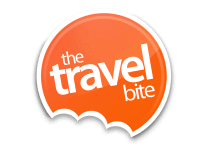
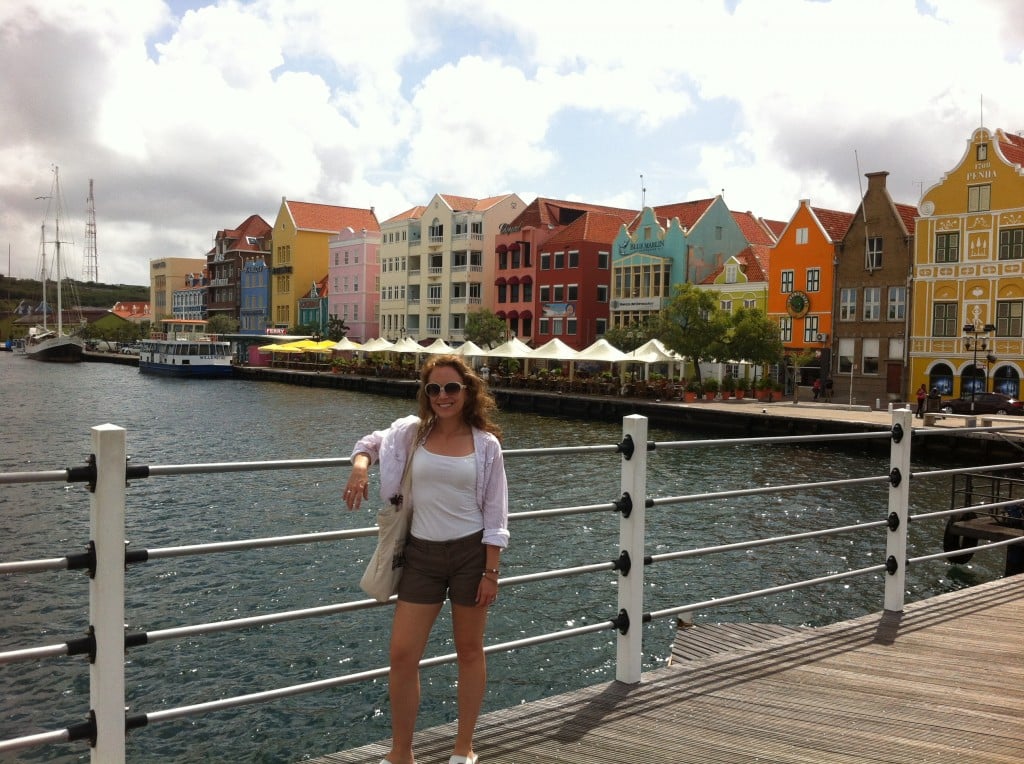
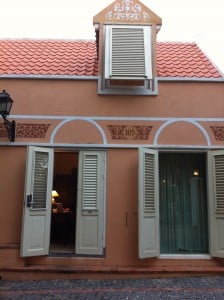
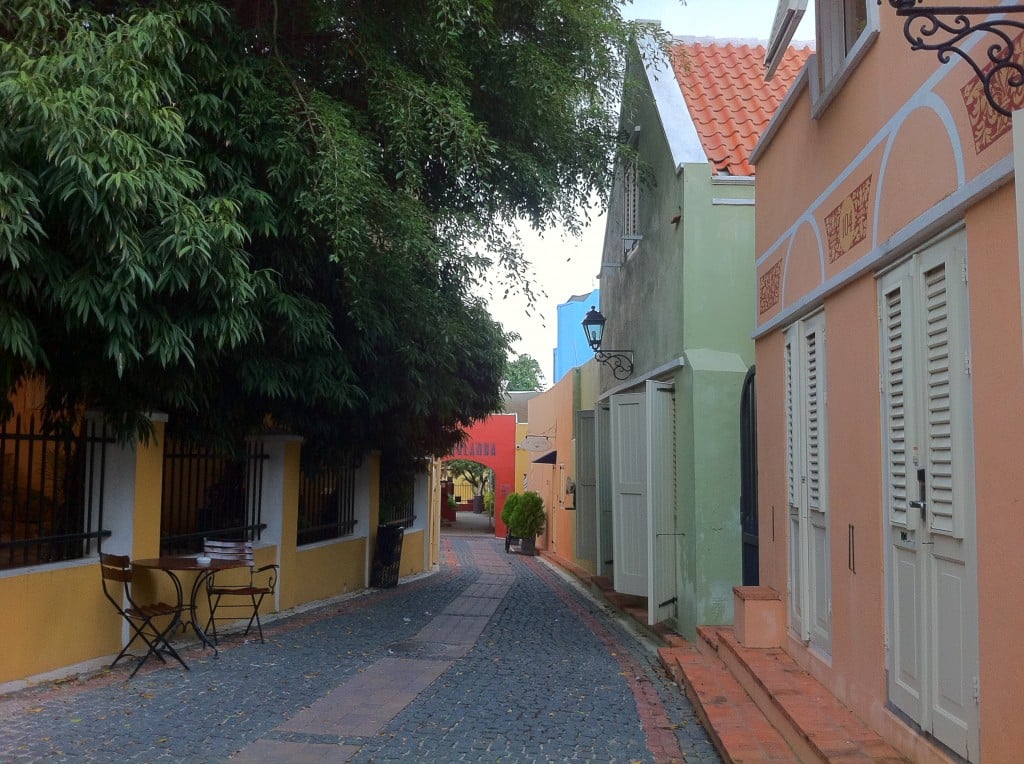
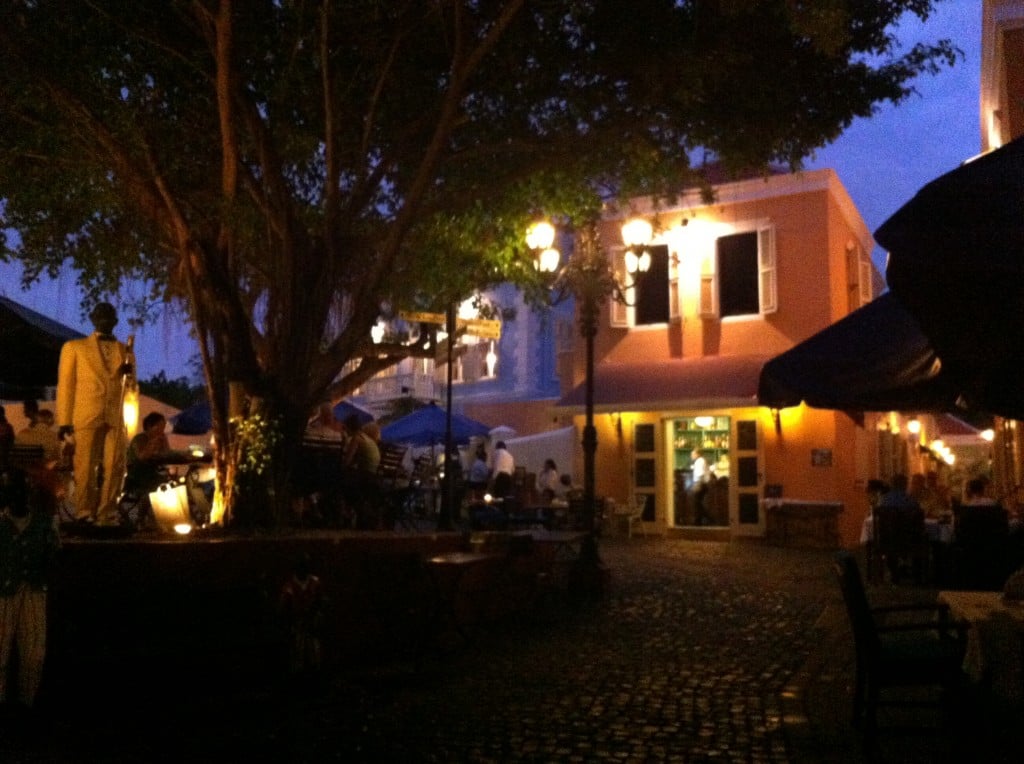
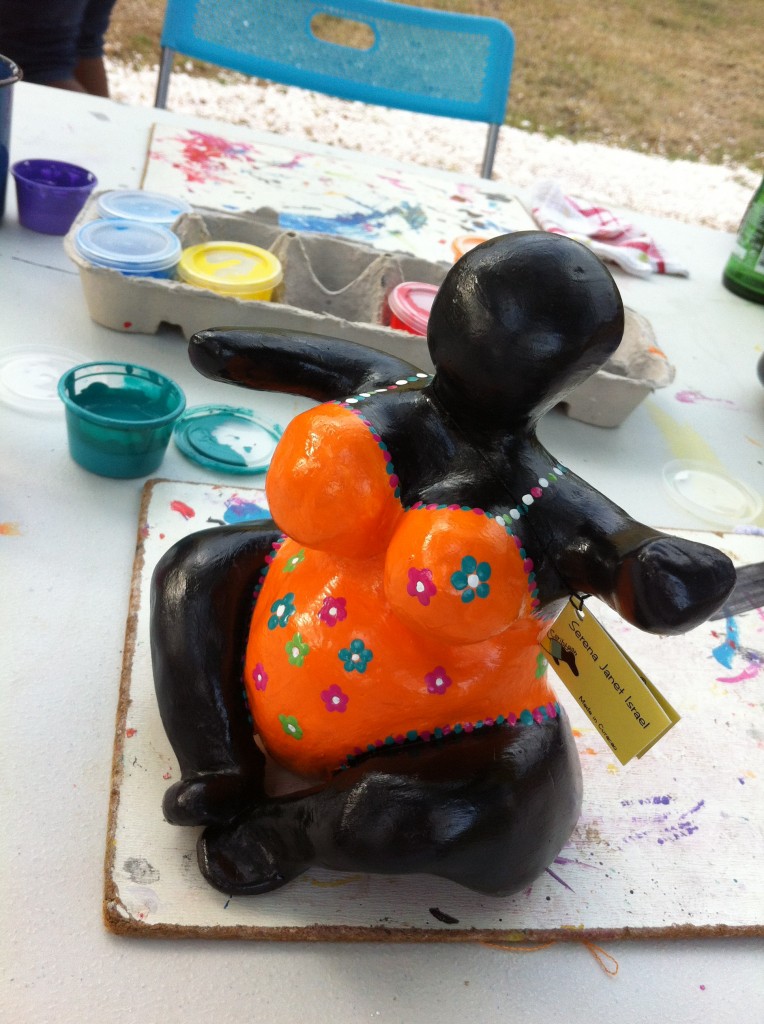
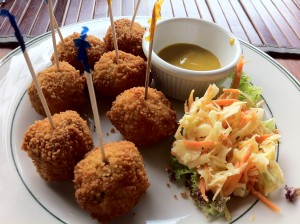
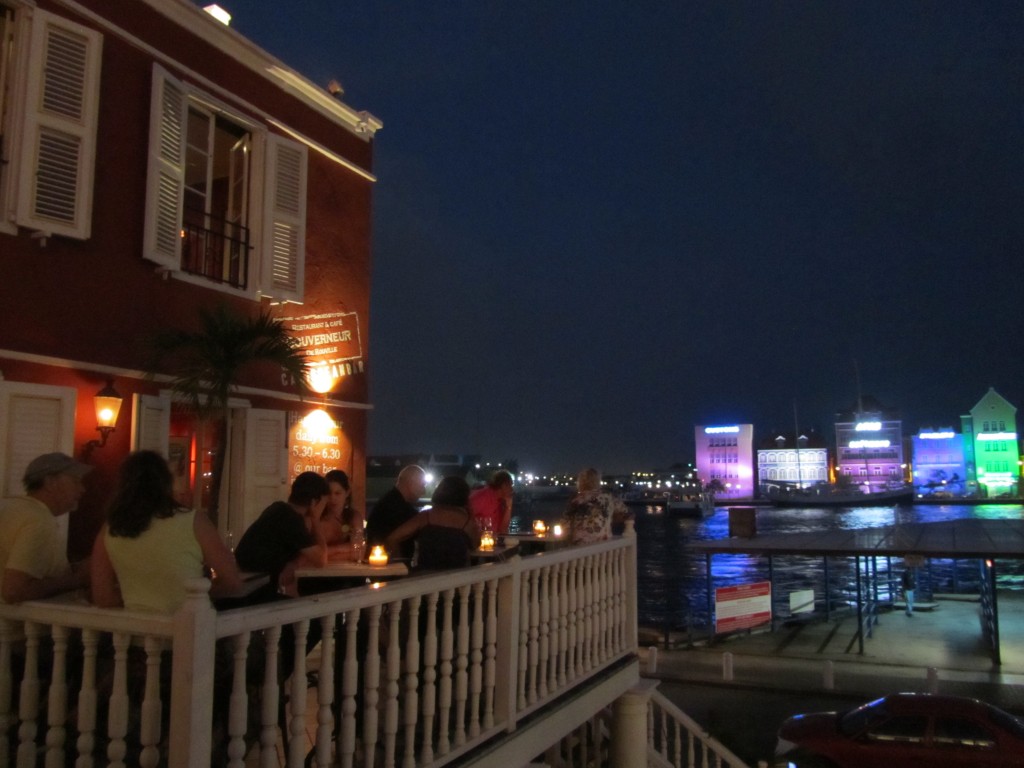
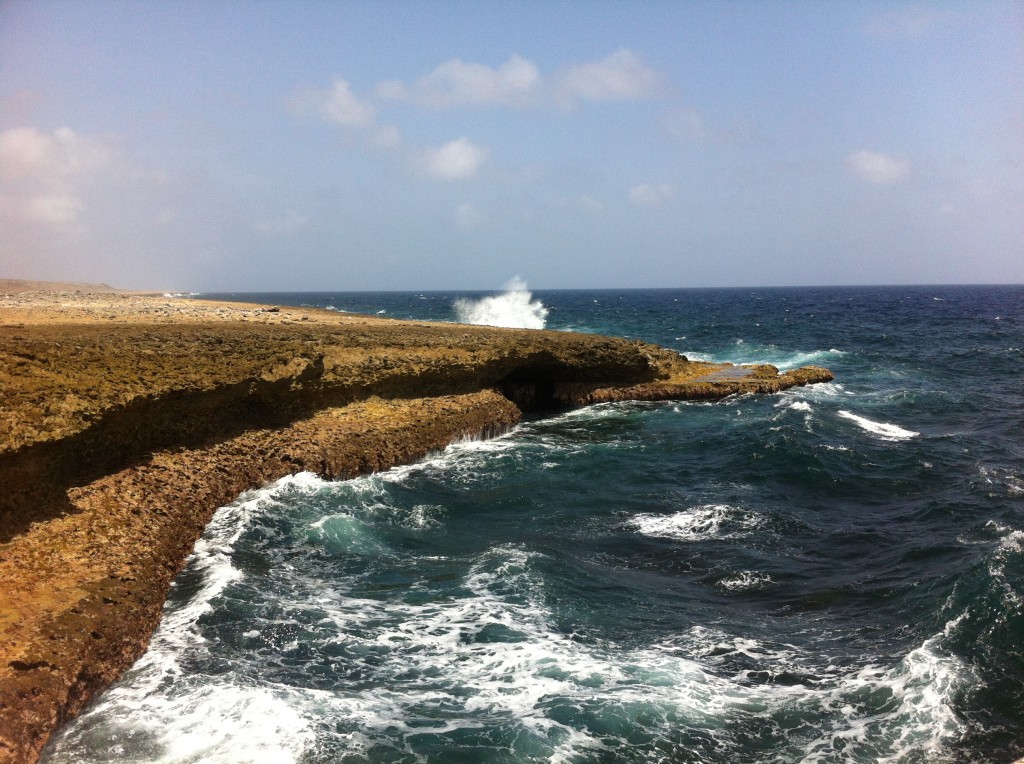
Looks beautiful! I have never been there but it’s now on the bucket list. Thanks.
I loved Curacao! (and Bonaire as well). I am a scuba diver, and it has some amazing reefs and dives! Thanks for a good read.
Curacao is a very welcoming and enjoyable island. It is the perfect destination for everybody, from newly-weds to families who just want to relax and have an incredible holiday. There are so many tourist attractions and exquisite bars and restaurants. Were you happy with the accommodation, Rachelle? Curacao has many hotels, bungalows, but also luxury villas. One of these amazing accommodation are the villas at Curacao Rental Homes.
I love Curacao!! If you head up north to Grote Knip and Westpunt, there are sandy beaches one after the other. This is about 1 hour from the downtown and resort area but fyi if you go back. I actually spent little time in Willemstad so I need to return for that. I shore dove for days and you can have fires on the beach!!
I do agree with you regarding the history, the people and the beaches on Curacao. It is a great island to visit and enjoy. It is however a different island when it comes to living full time in Curacao. First, the island is not safe! We have been robbed twice in our home when we were sleeping. Second, most island people do not want Americans here. The police is a joke, customs is corrupt, gas is more than $5.00 per gallon, food is very expensive. I would strongly suggest any American to not ever live full time in Curacao! We have lived here for six months and now selling our home and moving back to America as quickly as possible.